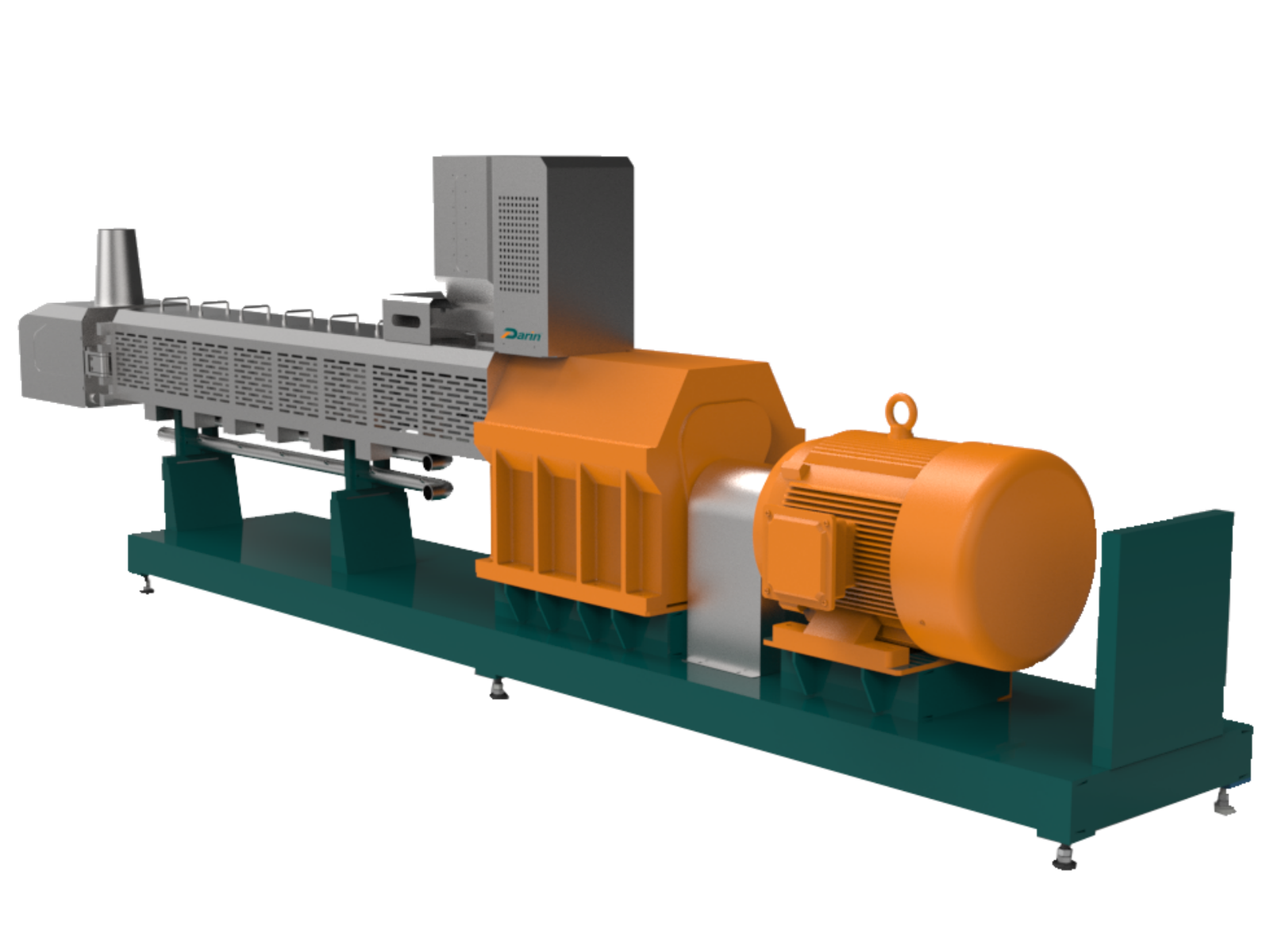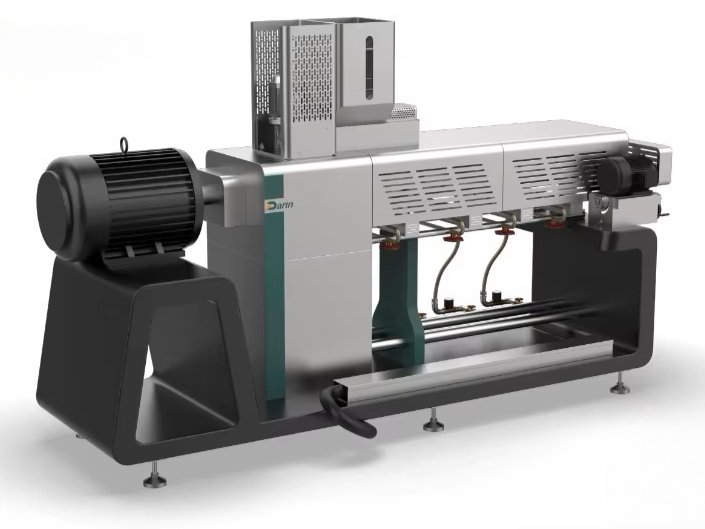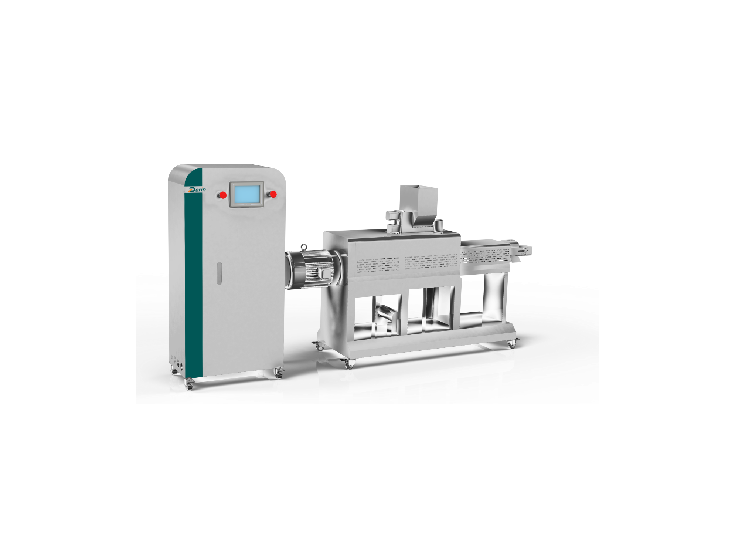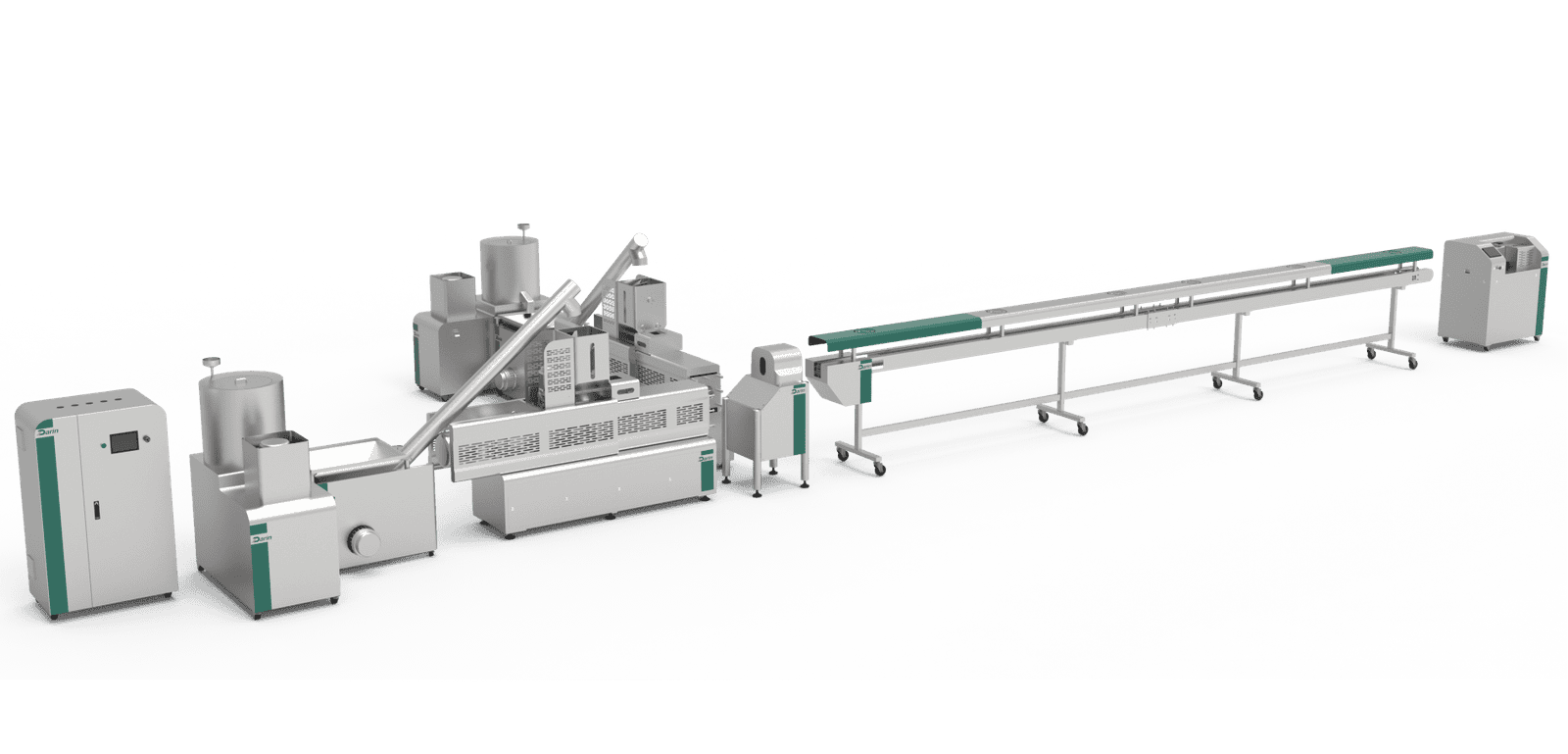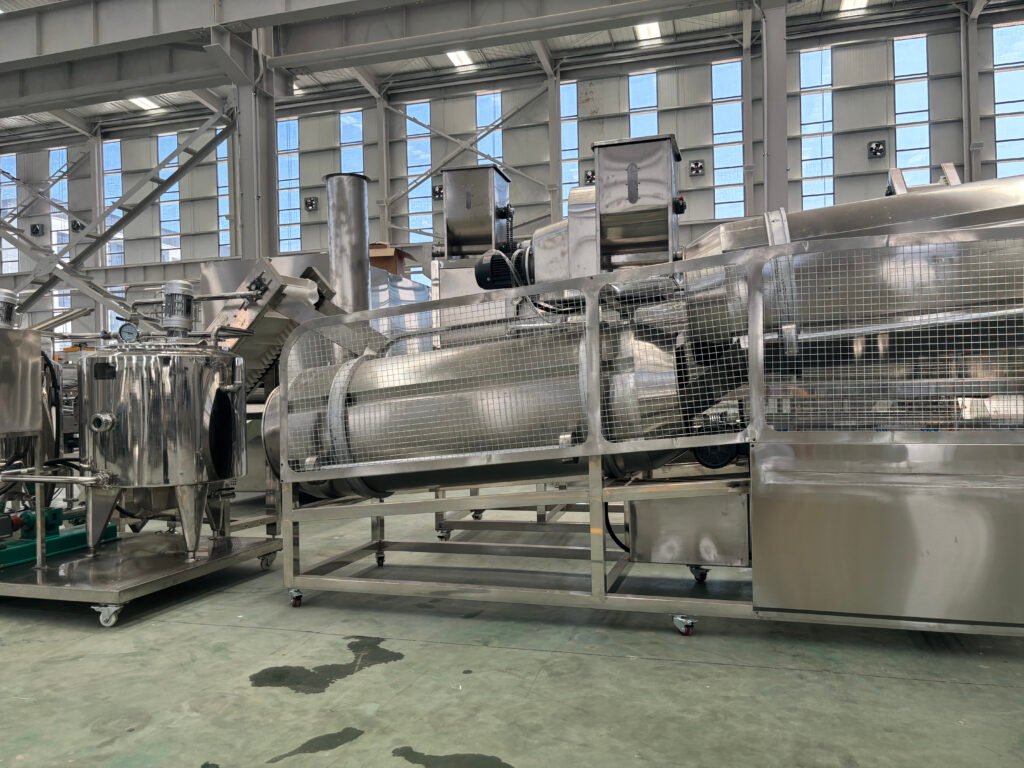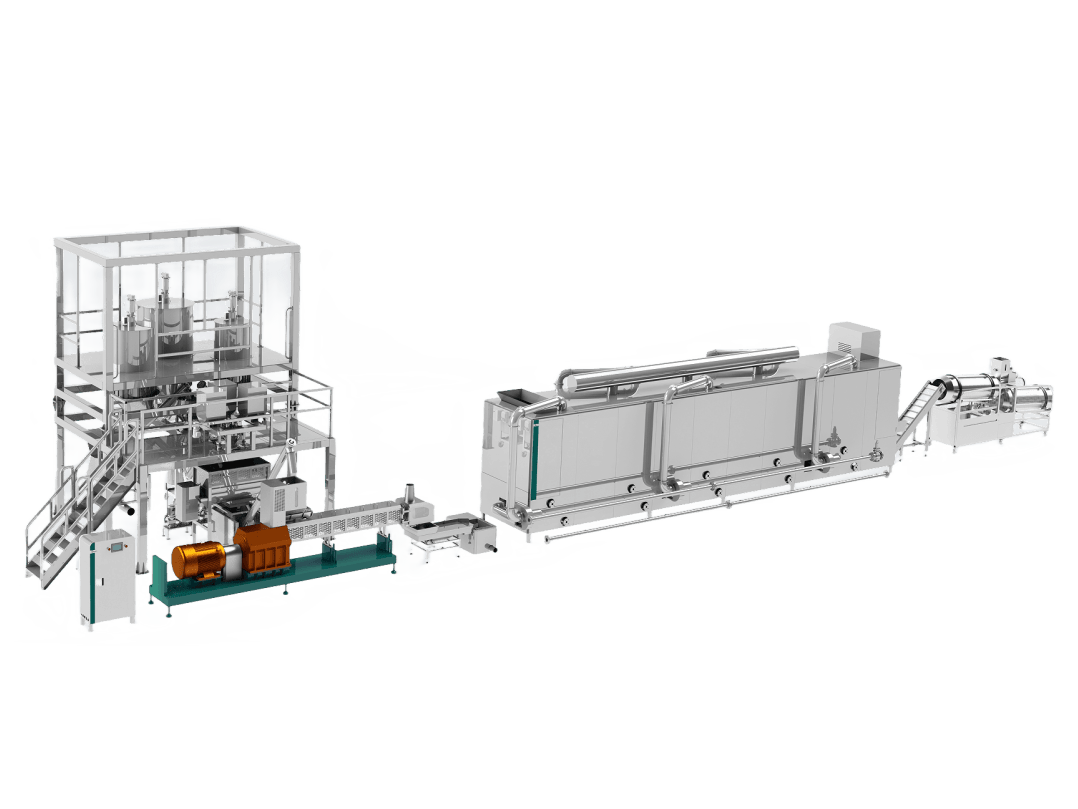
Producing premium-quality pet food requires more than just the right ingredients—it demands precise thermal and pressure control within the extrusion process. Manufacturers who underestimate the critical role of processing temperature and pressure often face challenges like inconsistent texture, poor digestibility, microbial risks, or even extruder clogging and system breakdowns. Pet food extruders are built to operate within specific and robust temperature-pressure thresholds to guarantee high-quality, safe, and nutritious outputs. In this comprehensive guide, we explore the actual processing temperature and pressure range of pet food extruders, their operational significance, and how to optimize them based on your target formulations and production goals.
Pet food extruders generally operate at processing temperatures between 90°C and 200°C (194°F to 392°F), while internal pressure ranges from 20 to 80 bar (290 to 1,160 psi), depending on formulation, screw design, and moisture levels. These ranges are critical for starch gelatinization, protein denaturation, and pathogen destruction, ensuring safe, digestible, and shelf-stable pet food products.
Knowing these ranges is only the beginning. Let’s explore how these conditions are distributed across the extruder barrel, what factors influence them, and how they are regulated to meet the needs of dogs, cats, aquatic, or specialty pet foods.
Pet food extrusion does not require high temperature or pressure.Faux
High temperature and pressure are essential for cooking, sterilization, and textural formation in pet food extruders, especially for dry expanded kibble.
Inside the Pet Food Extruder: Temperature and Pressure Explained
Key Zones in a Pet Food Extruder and Their Thermal-Pressure Profiles
A typical pet food extruder consists of multiple barrel segments, each designed to perform a specific function—mixing, cooking, compressing, and shaping. Here's how temperature and pressure evolve throughout the process:
| Extruder Section | Temperature Range (°C) | Pressure Range (bar) | Fonction |
|---|---|---|---|
| Préconditionneur | 70–110 | ~1–2 | Hydrates and heats raw material with steam |
| Zone d'alimentation | 40–60 | 0.5–5 | Introduces and conveys feed |
| Zone de compression | 120–160 | 10–30 | Compresses material, increases shear |
| Cooking Zone | 140–180 | 30–80 | Performs thermal cooking and gelatinization |
| Die Zone | 150–200 | Peak pressure zone (60–80) | Expands and shapes final product |
These values are influenced by vitesse de la vis, feed moisture, ingredient typeet die configuration. For example, high-fiber diets require more shear, thus generating more internal pressure and heat.
Thermal Effects: Why Temperature Matters in Extrusion
Temperature is the primary driver of chemical and physical transformations in extrusion:
| Processus | Target Temperature | Objectif |
|---|---|---|
| gélatinisation de l'amidon | ≥130°C | Improves digestibility, expands kibble |
| Dénaturation des protéines | 120–180°C | Enhances bioavailability |
| Pathogen inactivation | ≥135°C for >10 seconds | Conformité en matière de sécurité alimentaire |
| Fat stability (avoid rancidity) | <150°C | Maintains palatability |
| Moisture evaporation at die | Instant flash cooling | Enables product expansion |
Extruders are equipped with zoned barrel heating systems, steam injection portset thermocouples to monitor and adjust temperature precisely.
Pressure Dynamics: Building Up and Releasing Internal Force
Internal pressure in an extruder builds from mechanical compression et material resistance inside a confined barrel. The die opening at the end acts like a bottleneck, leading to pressure buildup. Here's how different zones behave:
| Zone | Pression (bar) | Résultat |
|---|---|---|
| Feed/Intake | 0.5–5 | Steady conveyance |
| Compression | 10–30 | Material melting begins |
| Cooking/Central | 30–60 | Full transformation under pressure |
| Die Exit | 60–80 | Final product expansion and shaping |
High back-pressure improves shear and uniformity but must be controlled to avoid system overloading. Pressure sensors continuously monitor and feed back into PLC controllers.
Real-World Parameters by Product Type
The temperature and pressure requirements vary depending on the specific pet food category and formulation profile:
| Type de produit | Température (°C) | Pression (bar) | Notes |
|---|---|---|---|
| Standard dog/cat kibble | 140–160 | 50–70 | Requires full expansion |
| Small pellet cat food | 150–180 | 60–80 | Dense, compact form |
| Aquatic feed (floating) | 150–170 | 60–80 | Requires high pressure for buoyancy |
| Aquatic feed (sinking) | 120–150 | 20–40 | Less expansion, high density |
| High-meat/fat pet diets | 110–140 | 40–60 | Requires lower temp to protect nutrients |
| Treats & semi-moist snacks | 90–130 | 20–40 | Gentle processing to retain shape/moisture |
These parameters must be balanced with taux d'humidité, screw RPMet ingredient solubility index for consistent product output.
How Screw Design Influences Pressure and Heat
Screw elements generate pressure and temperature through mechanical friction and compression. Their shape and configuration determine:
- Shear rate
- Residence time
- Internal energy generation
| Screw Component | Effect on Pressure | Effet sur la température |
|---|---|---|
| Feed Screws | Faible | Minimal heat |
| Mixing Blocks | Modéré | Some shear heating |
| Reverse Screws | Haut | Increases internal pressure |
| Compression Rings | Très élevé | Maximizes mechanical energy |
Adjusting screw geometry is a proven way to fine-tune extrusion behavior for new product formulations.
Influence of Moisture on Processing Conditions
Moisture content significantly affects how the product behaves under heat and pressure:
| Niveau d'humidité (%) | Effect on Pressure | Effet sur la température |
|---|---|---|
| 15–20% (dry) | High shear/resistance | Heats rapidly |
| 25–30% (standard) | Balanced cooking | Optimal thermal input |
| 35–40% (semi-moist) | Lower shear | Softer heating, limited expansion |
Preconditioners help raise moisture content before extrusion, improving starch gelatinization and protein matrix development.
Chart: Pressure vs. Screw Speed at Constant Moisture
| Vitesse de la vis (tr/min) | Barrel Pressure (bar) |
|---|---|
| 100 | 20 |
| 200 | 35 |
| 300 | 55 |
| 400 | 70 |
| 500 | 80+ |
Higher screw speeds increase internal shear, leading to greater pressure—but may also reduce residence time.
Integrated Monitoring Systems for Safety and Accuracy
Modern pet food extruders feature real-time monitoring for:
- Barrel temperature (zone-by-zone)
- Internal pressure (multiple segments)
- Screw torque and speed
- Die resistance
Automated PLC and SCADA systems allow operators to:
- Set temperature-pressure thresholds
- Log operational data for traceability
- Trigger alarms and emergency shutdowns for deviations
Conclusion
Pet food extruders operate within tightly controlled temperature and pressure ranges, typically 90°C to 200°C and 20 to 80 bar, to cook, shape, sterilize, and stabilize pet food products. These conditions ensure full gelatinization, protein denaturation, microbial kill, and optimal product expansion or density. Through careful control of vitesse de la vis, humidité, heating zoneset die configuration, manufacturers can tailor these conditions to suit various types of pet food—from dry kibble to floating aquatic feeds and moist treats. Understanding and controlling these parameters ensures not only better product quality but also efficient, safe, and compliant production.
Let Us Help You Configure Your Processing Parameters
Are you unsure how to set the right temperature and pressure range for your pet food extruder? Contact our process engineering team today. We provide:
- Custom thermal and pressure modeling
- Screw and die configuration consultation
- Real-time control integration support
Achieve higher efficiency and better product quality—get in touch now to optimize your extrusion line!
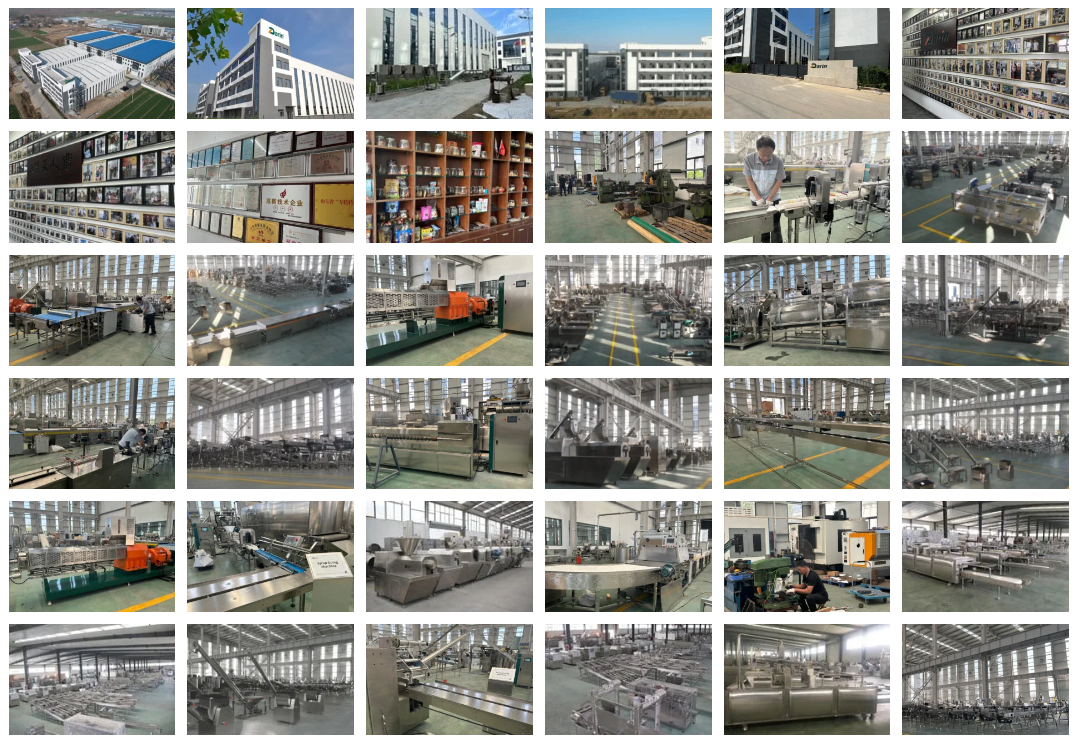
FAQ
Q1: What is the typical processing temperature range of a pet food extruder?
A1: The processing temperature in pet food extruders generally ranges from 90°C to 200°C (194°F to 392°F). The exact temperature depends on the formulation, moisture content, and target product texture. Higher temperatures help in cooking starches, proteins, and eliminating pathogens, contributing to food safety and digestibility.
Q2: What is the usual pressure range in pet food extrusion?
A2: Pressure inside a pet food extruder typically ranges between 20 to 40 bar (290 to 580 psi), though high-performance systems can exceed 50 bar. This pressure is generated by screw rotation and die restriction, and it's essential for shaping, texturizing, and moisture retention in the final product.
Q3: Why are high temperatures and pressures used in pet food extrusion?
A3: High temperature and pressure ensure thorough cooking of raw materials, sterilization, expansion, and the creation of desirable textures in pet food kibbles. These parameters also help reduce anti-nutritional factors and increase shelf life by minimizing microbial activity.
Q4: How are temperature and pressure controlled in an extruder?
A4: Modern pet food extruders are equipped with precise sensors and PLC (Programmable Logic Controller) systems that monitor and regulate temperature and pressure at multiple barrel zones. Operators can adjust screw speed, feed rate, and steam injection to fine-tune processing conditions.
Q5: Does processing temperature and pressure affect pet food quality?
A5: Yes, both temperature and pressure directly influence the texture, digestibility, flavor, and nutritional profile of pet food. Consistent control over these parameters ensures uniform cooking, desired kibble expansion, and maintains key nutrients without overprocessing.
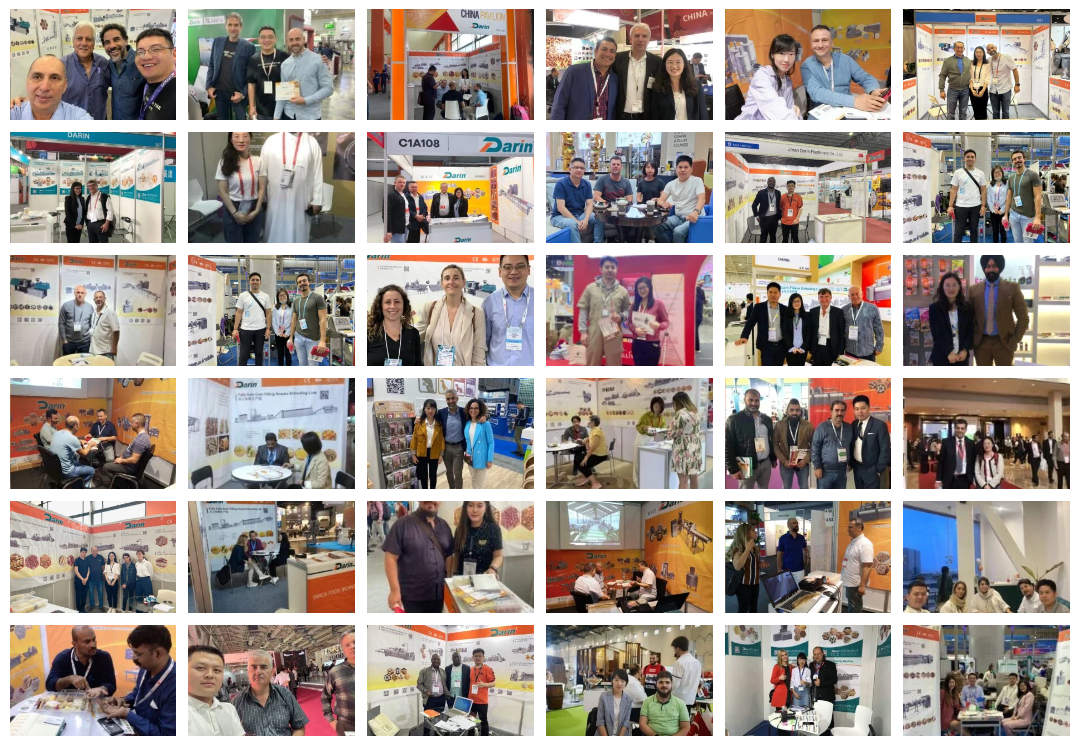
Références
- Pet Food Extrusion Temperature Guide - https://www.extru-techinc.com/pet-food-extrusion/ - Extru-Tech Inc.
- Fundamentals of Extrusion Processing - https://www.sciencedirect.com/topics/agricultural-and-biological-sciences/extrusion-processing -ScienceDirect
- Temperature and Pressure Control in Extruders - https://www.clextral.com/extrusion-technology/ - Clextral
- Food Extrusion: Science and Technology - https://link.springer.com/book/10.1007/978-1-4615-2663-8 - Springer
- Bühler Pet Food Extruders - https://www.buhlergroup.com/global/en/products/twin-screw-extruders.htm - Groupe Bühler
- Feed and Pet Food Processing Parameters - https://www.feedstrategy.com/processing-equipment/extruders/ - Stratégie d'alimentation
- Moisture, Temperature, and Pressure in Extrusion - https://www.loyalfoodmachine.com/pet-food-production-line/ - Loyal Industrial
- Effects of Extrusion Cooking on Nutrients - https://www.ncbi.nlm.nih.gov/pmc/articles/PMC8367210/ - NCBI
- Pet Food Industry Insights - https://www.petfoodindustry.com/articles/11853-extrusion-processing-and-kibble-quality - Industrie des aliments pour animaux de compagnie
- Extrusion Cooking Technology - https://www.thermofisher.com/blog/food/extrusion-cooking-and-its-impact-on-food-quality/ - Thermo Fisher Scientific


